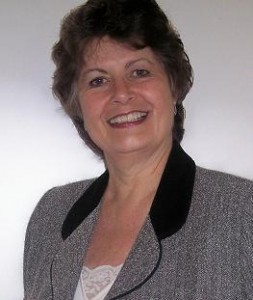 By Kay Marshall Strom,
By Kay Marshall Strom,
Eugene author of 36 books,
Presence of the Poor: Changing the Face of India
For years Lakshmi, named for the “goddess of wealth,” listened helplessly each night as her little ones wailed themselves to sleep. One handful of rice just wasn’t enough for their empty stomachs. But thanks to the efforts of prominent Indian scientist B. E. Vijayam, and his firm belief that technology is the helping hand needed by India’s poorest of the poor, her children no longer go to bed hungry. Lakshmi now runs a thriving dairy business.
The divisions within India are mind-boggling: A privileged high caste versus rejected Dalits. Select, upwardly mobile individuals versus starvation-poor masses. Educated elite versus hoards of illiterate. Lakshmi is a member of the lowest Indian caste—the Dalits, formerly known as untouchables. To be a Dalit means to live in discrimination and poverty. It means to be told every day in countless ways that you are worthless. Dalits are the country’s slumdogs.
But Dr. Vijayam doesn’t believe in such barriers. A long-time university professor who happens to be a devout Christian, he insists that everyone should have a chance. He even managed to convince high-caste, educated scientists to donate their knowledge to help the poverty-stricken, people with whom they would not normally have any contact—people such as Lakshmi. These scientists have accomplished much in the areas of water management and irrigation, limited land use farming, animal husbandry, and industries specifically designed to benefit landless women.
Dr. Vijayam also knows the power of microfinance—banking for the poor. He combines the traditional skills and entrepreneurial instincts of the very poor (especially women), enhances those abilities with new technologies (breeding a cow that produces far more milk, for instance), then makes small loans available to them (usually less than $200 US). As a business becomes self-supporting and the loan is paid off, generally in six months to a year, the money is recycled for others to borrow.
When hope of possibility replaces the desperation of poverty, it makes a way for education… and unity… and opposition to two thousand years of repression. Dr. Vijayam’s work is actively helping change the face of India.
In the sun-drenched heat of summer, when the west winds blow, Lakshmi cuts wild grass from the roadside to feed her dairy cows. Now her children drink milk with their rice and vegetables before heading off to school.
Is Lakshmi a millionaire? Not by a long shot. But she is no slumdog either!
Kay Marshall Strom
Eugene author of 36 books including recently released In the Presence of the Poor: Changing the Face of India
www.kaystrom.com
Disclaimer: Articles featured on Oregon Report are the creation, responsibility and opinion of the authoring individual or organization which is featured at the top of every article.


